Best plants for a Japanese garden – expert horticulturalists recommend 7 varieties to create calming color and a sense of serenity
Choose these species to add grace and harmony to your Japanese-inspired yard
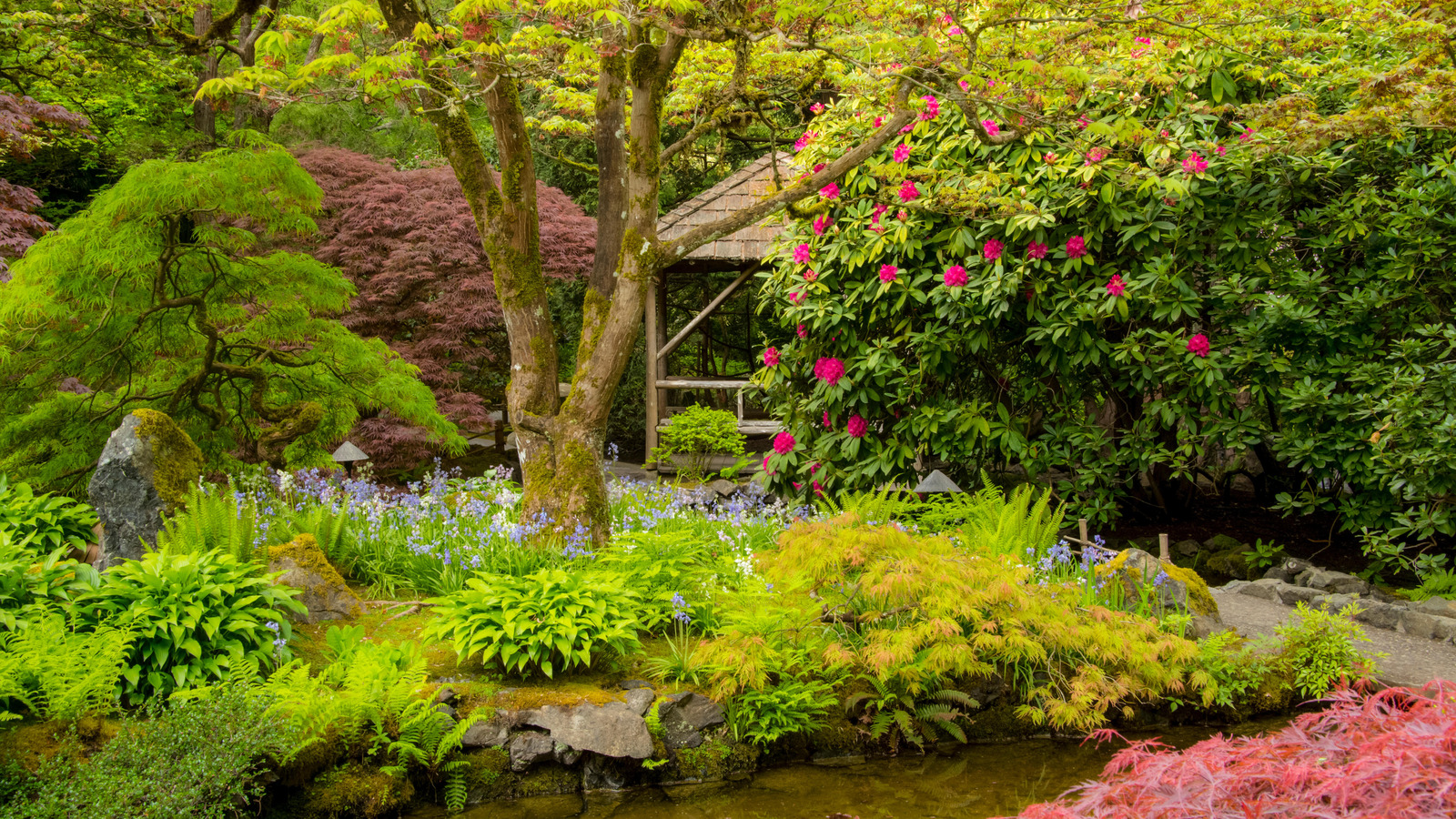
- 7 of the best plants for a Japanese garden
- 1. Eurya japonica var. japonica (hisakaki)
- 2. Enkianthus (Enkianthus campanulatus)
- 3. Japanese Iris (Iris Kaempferi)
- 4. Panicle hydrangea (Hydrangea paniculata 'Tardiva')
- 5. Hosta
- 6. Karen's azalea (Rhododendron 'Karen')
- 7. Japanese Fairy Bells (Disporum sessile)
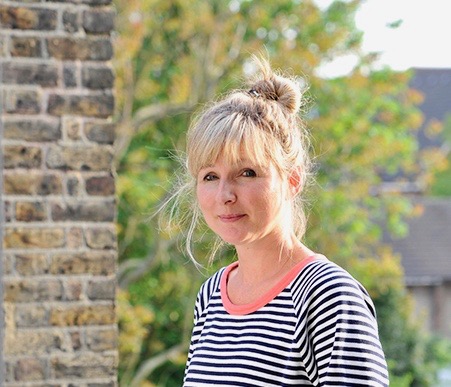
Who doesn't love a Japanese garden? The peace, harmony and beauty of these spaces is appealing to so many of us. Whether you've flown to the land of the rising sun to see the three great gardens or enjoyed public spaces on your doorstep, there is much to be inspired by.
From the addition of rocks and water features to particular types of plantings, there are a number of Japanese garden ideas we can take influence from in our own backyards, wherever we live.
To emulate these beautiful landscape styles and their plantings, we asked Japanese garden designers for their recommendations on the best plants for a Japanese garden.
7 of the best plants for a Japanese garden
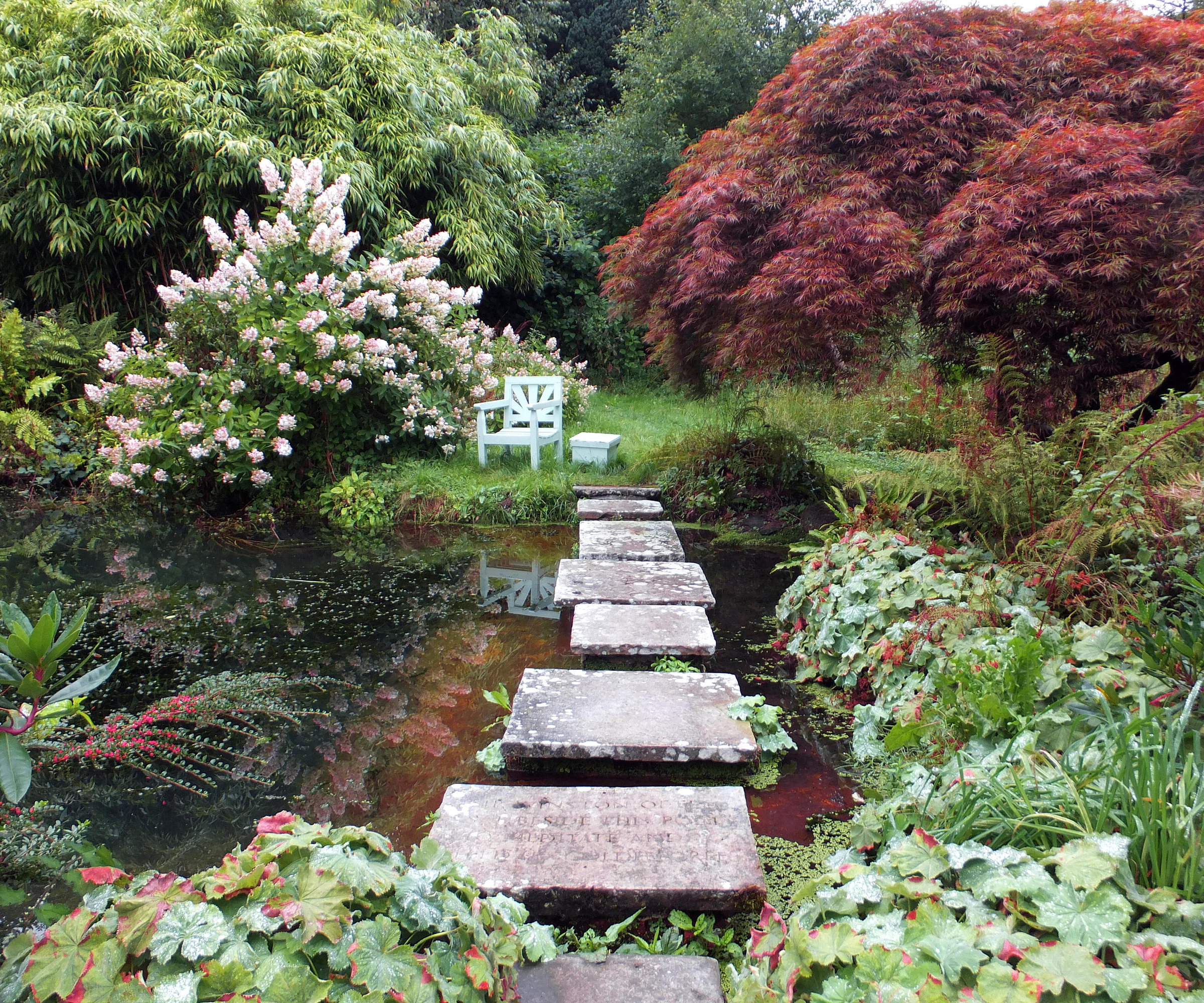
There are various Japanese garden styles, but perhaps the most famous is the zen garden, found in the grounds of Zen Buddhist temples. Here the meditative practice of raking gravel or sand offers an opportunity for quiet contemplation. However, there are other Japanese garden ideas, which also offer peace, harmony and beauty.
'There are three components of a Japanese Garden,' says Catherine Marsh, horticulturalist, Anderson Japanese Gardens in Illinois. 'Rocks are not only an underlying foundation, but recall such notions as strength, endurance, and longevity. Water sustains living things and reminds us of the value of being flexible and adaptable. Flowing water has immense power, and overtime will wear away even the hardest rock.
'Plants indicate the change of seasons and passage of time. Here, in the Midwest, spring is a season of rebirth, filled with blooms, summer a season of growth which produces a variety of shades of green and fall is a season of letting go, filled with vibrant colors, reds, oranges, yellows. Finally, winter. A season of rest and the foundation of the garden is shown. Rocks and beautifully trained pines become stars.'
'Typically, every Japanese garden has stones, plants, and water,' says Hugo Torii, landscape designer, Portland Japanese Garden. 'These are common elements found in Japanese gardens, but I would not go far as to say they are required.
'Japanese garden design is based on centuries of interpretation of Japan’s landscape. Over the course of time, a wide variety of different garden styles have been created but all of them ultimately are intended to confirm our connection to nature.'
With this in mind, discover the best plants to suit large or small Japanese garden ideas, whichever hardiness zone you live in, or size of space you have.
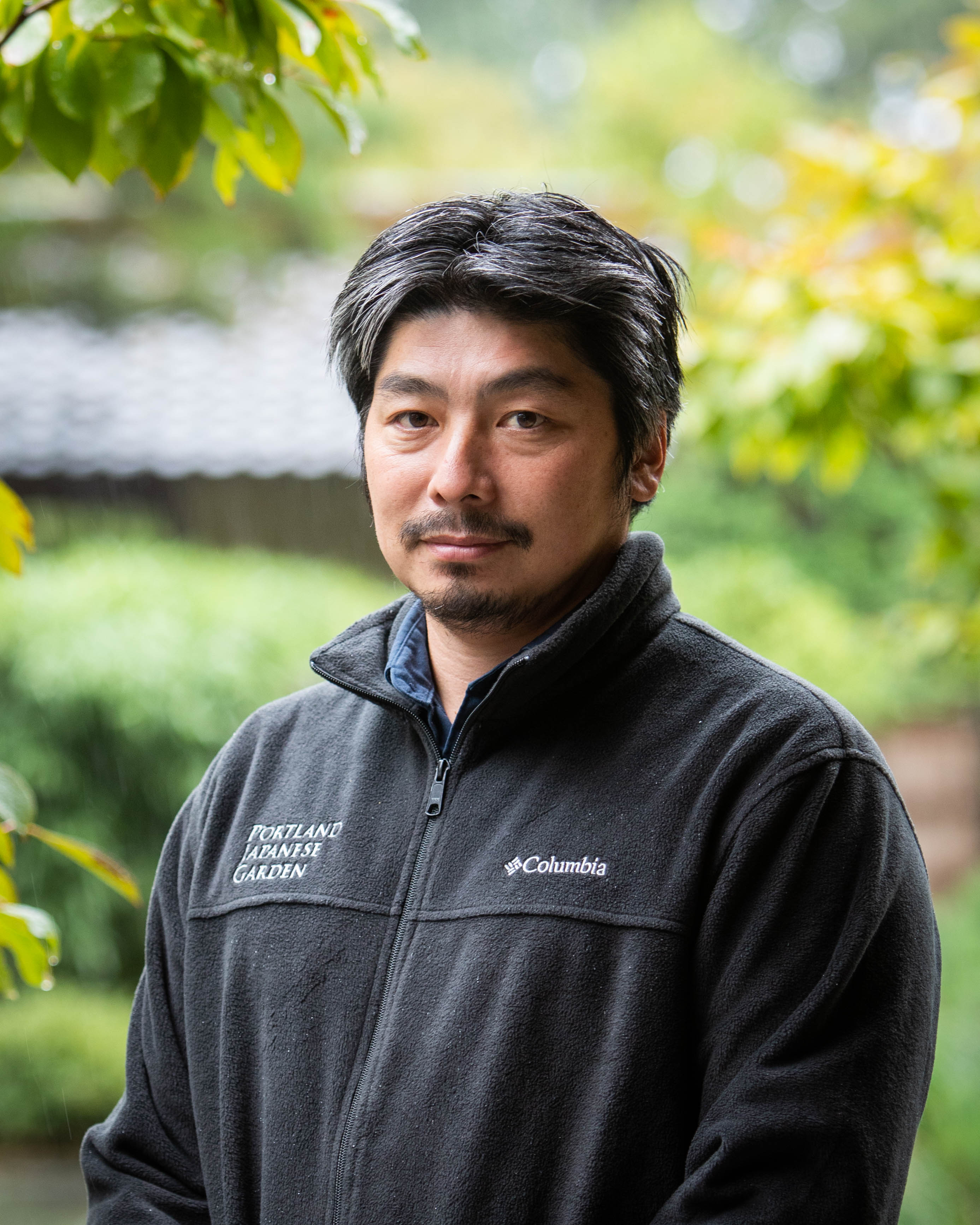
Hugo Torii is Garden Curator at Portland Japanese Garden, where he oversees a team of gardeners and helps to keep the space true to its original intent and design, while also allowing it to grow and evolve.
1. Eurya japonica var. japonica (hisakaki)
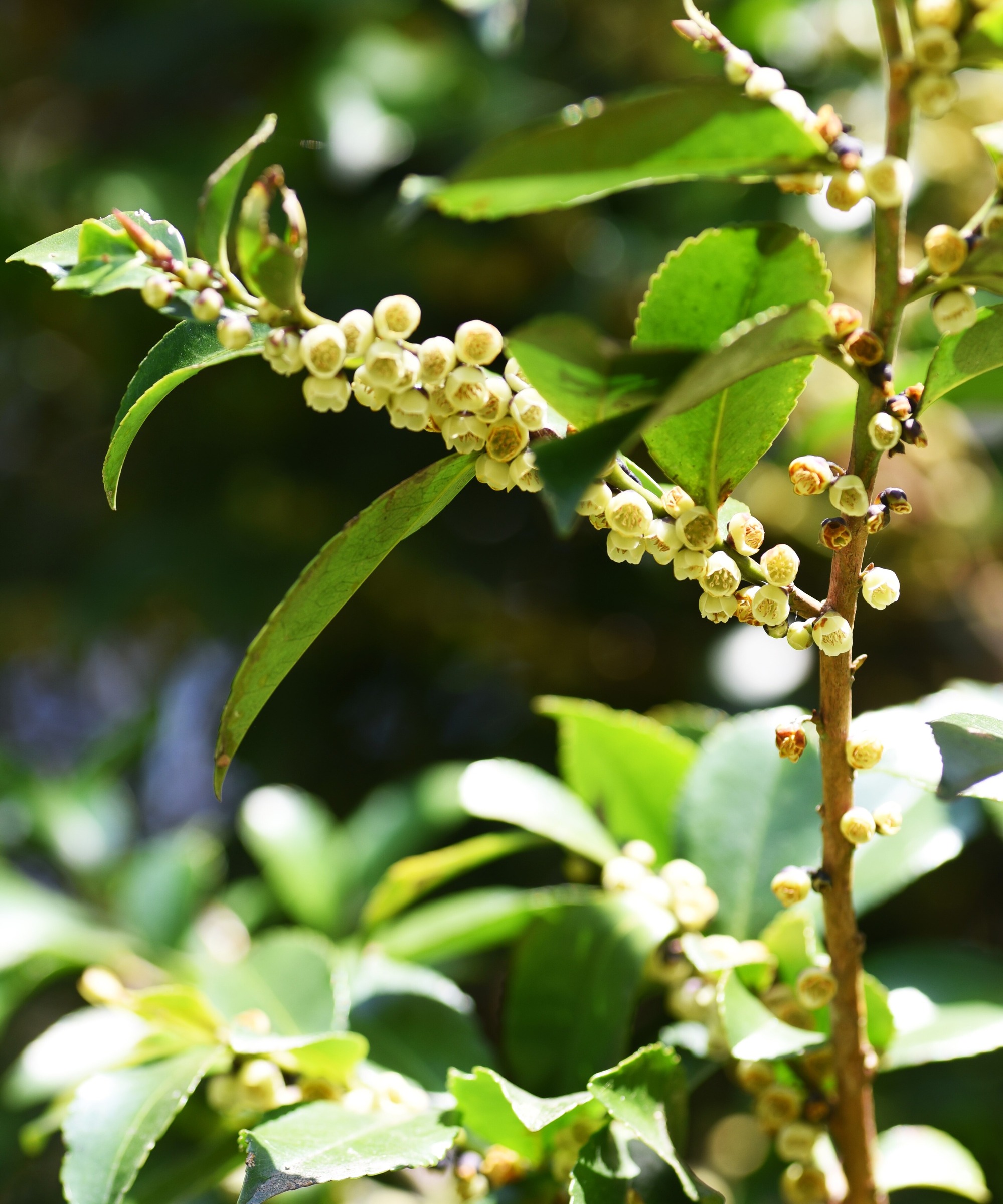
Eurya japonica is one of the best evergreen shrubs for a Japanese garden. It can also grow into a small tree, and is native to Japan, China, Korea and other parts of south-east Asia, where it often grows on hillsides.
Whether grown as a shrub or tree, Eurya japonica can be pruned into shape and is considered sacred in the Shinto religion. In the spring it blooms with cream-colored flowers and it the fall it develops dark blue berries.
'Eurya japonica is a robust, lower-sized evergreen,' says Hugo Torii. 'It's suitable for hardiness zones 9-11, and can tolerate different soil types. It needs sun and shade, regular watering, and strong pruning any time of year except in the middle of winter.'
2. Enkianthus (Enkianthus campanulatus)
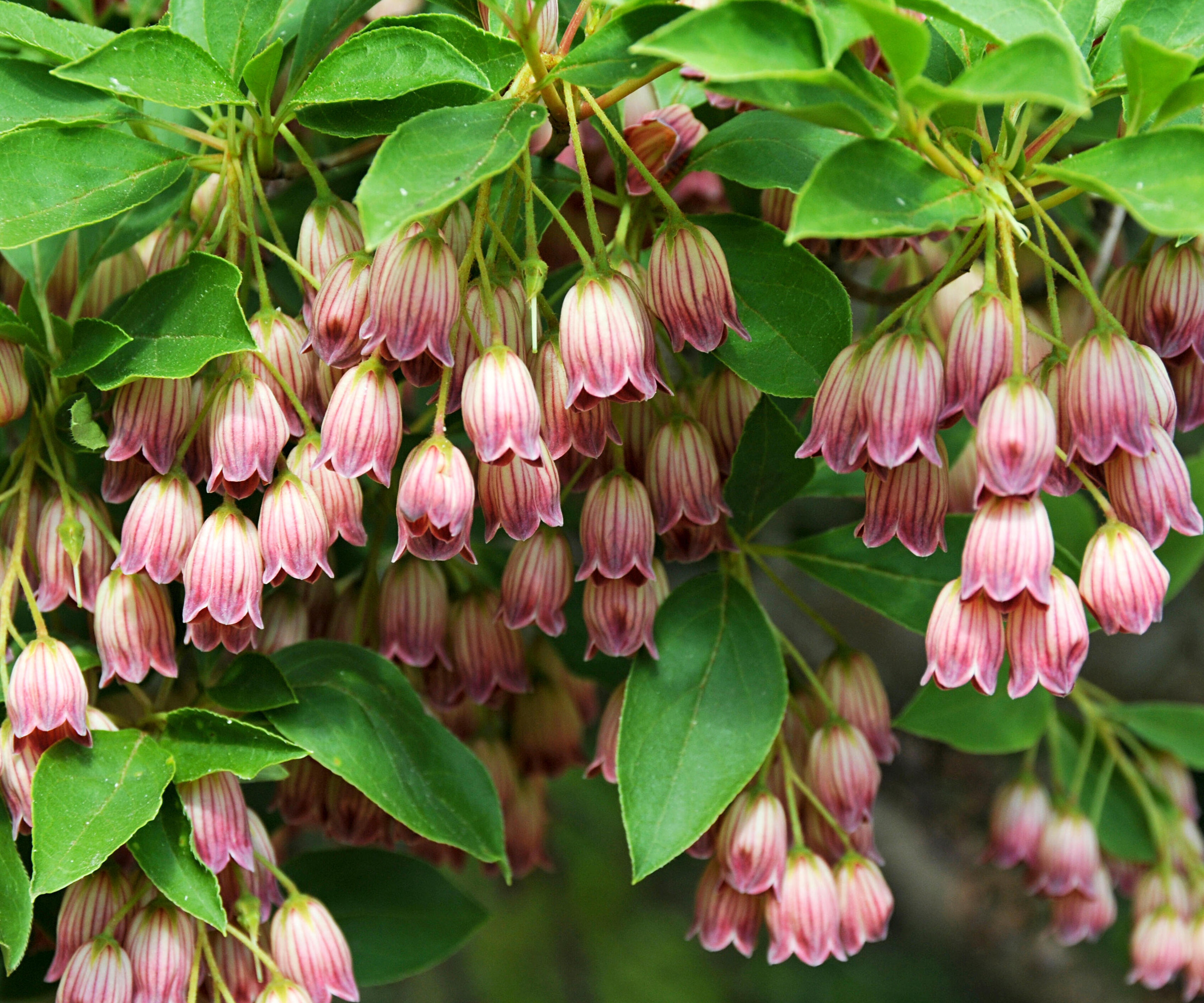
As well as appearing in Japanese gardens, Enkianthus campanulatus makes a wonderful choice for woodland garden ideas too. This delightful deciduous shrub puts out gorgeous clusters of bell-shaped flowers with a creamy-pink hombre flush in early summer. If that's not enough, these pretty blooms are followed up with a spectacular show of flaming orange and red leaf color in the fall.
'This elegant shrub offers year-round interest, especially in the Fall,' says Hugo Torii. 'It will grow to around 3-8' and likes sun to part shade, although, ensure it is protected from hot afternoon sun.
'It's suitable for zones 5-8, easy to care for, and only requires corrective pruning when necessary. Enkianthus can be hard to find at garden centers, so a comparable option is Rhododendron japonicum, a lovely deciduous azalea.'
3. Japanese Iris (Iris Kaempferi)
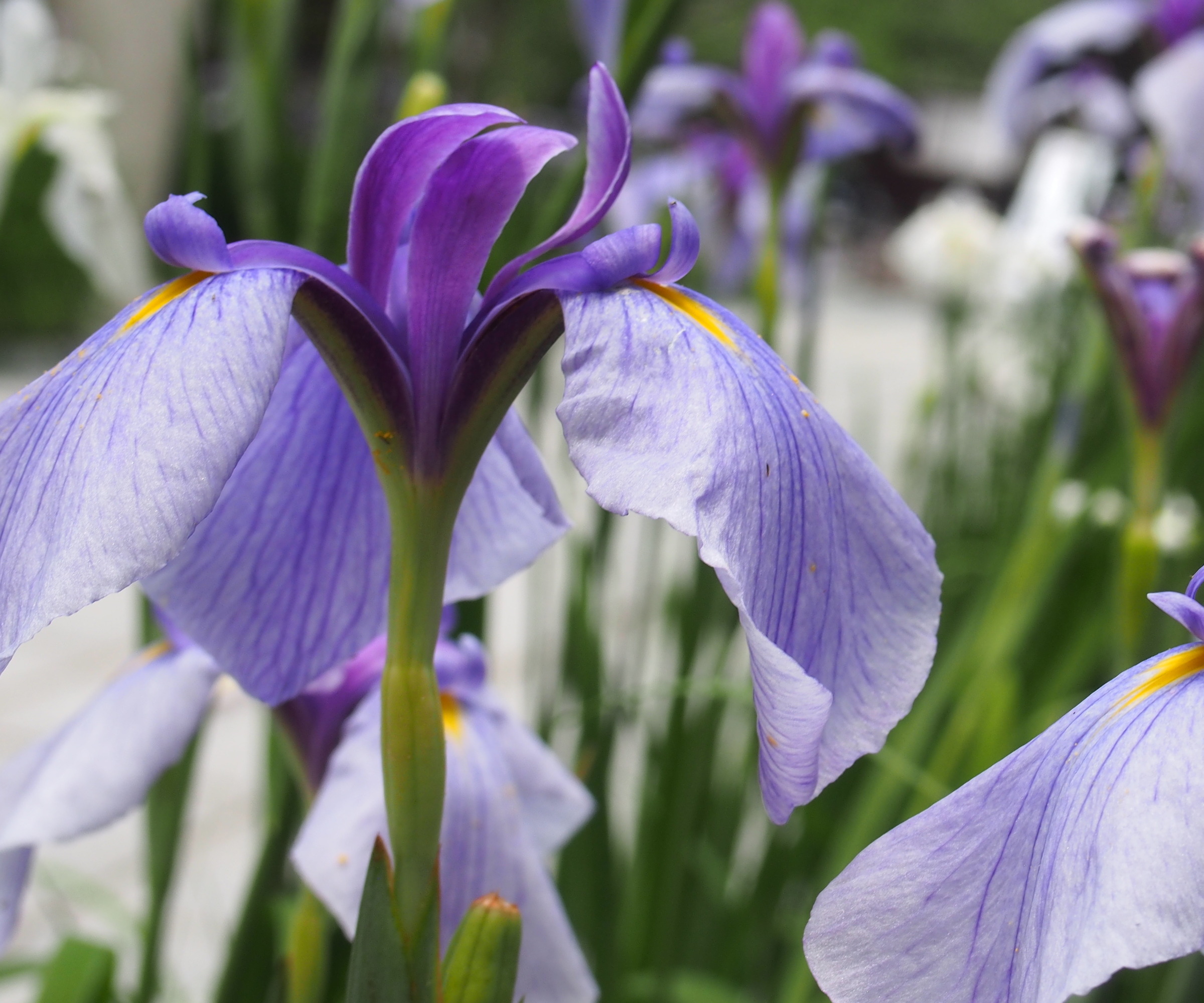
The Japanese iris is a much-loved flowering plant and one of the best perennials for Japanese gardens. It blooms with lavender colored flowers around June and is generally suitable for zones 4-9.
'Seasonality is important in Japanese gardens,' says Catherine. 'Think lots of blooming trees and shrubs in spring. The only thing that blooms in the summer is iris and hydrangea, so they often feature. There are very few perennials, mostly groundcovers.
'Japanese iris prefers rich, slightly acidic soil and in summer, requires constant moisture. It can even sit in up to 6” of standing water during the growing season, but not in winter or the rhizomes will rot,' continues Catherine.
'This plant thrives in full sun but can tolerate partial shade. Cut the plant material down to the ground at the end of the season or early spring, just as you would any other herbaceous perennial.'
The Variegata Japanese Iris from Nature Hill's has beautiful cream and green variegated foliage for extra interest, as well as spectacular lavender-blue flowers, which attract butterflies.

Catherine Marsh is a Horticulturist at Anderson Japanese Gardens. Her responsibilities include garden maintenance, pruning, and ikebana. She also leads a Horticultural therapy initiative with Rosecrance, a local substance abuse facility and has presented about these nature-based programs nationally. She’s an Adjunct Professor in Horticulture at Kishwaukee College and loves to talk about the importance of connection to nature.
4. Panicle hydrangea (Hydrangea paniculata 'Tardiva')
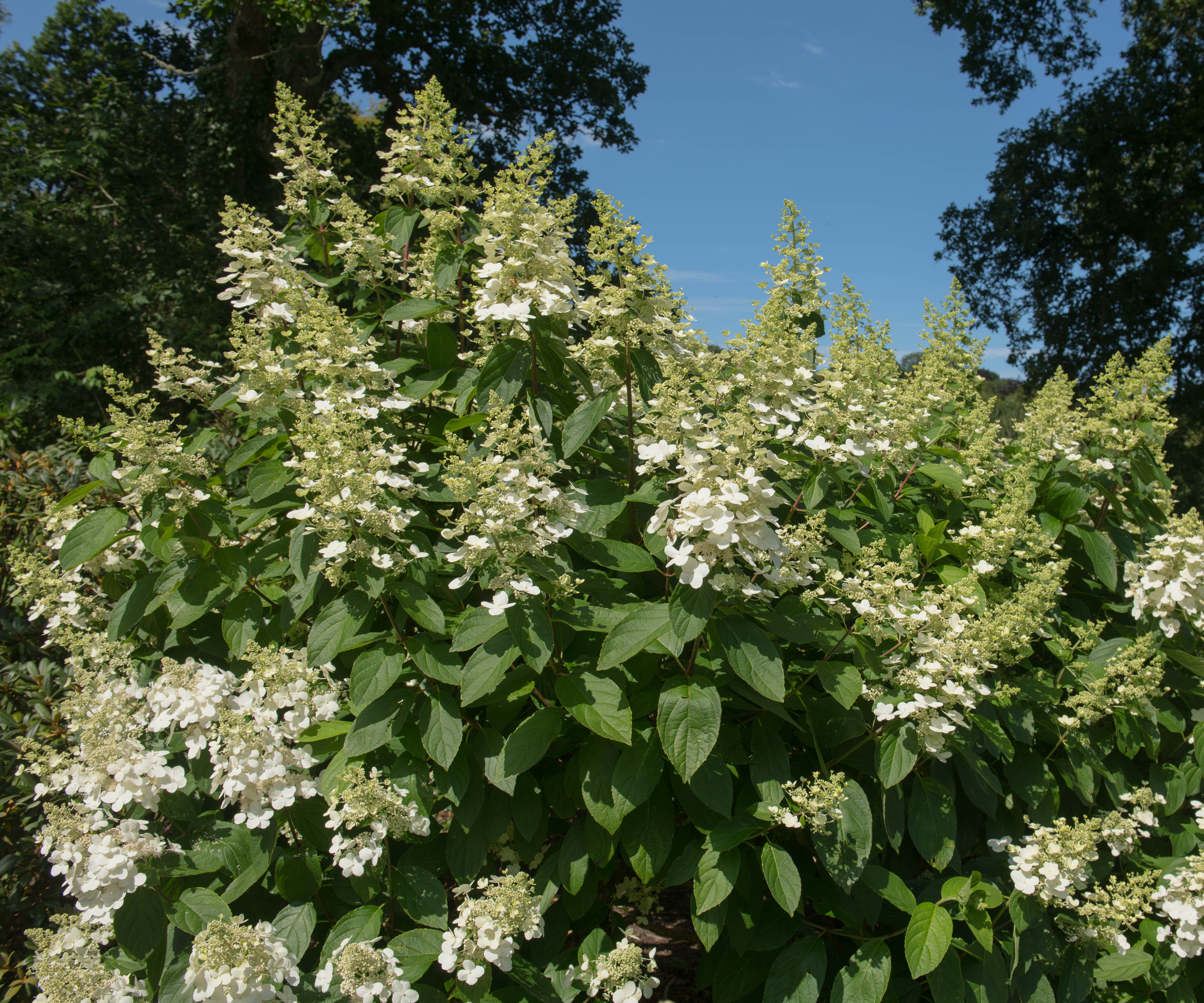
For a burst of late summer and fall blooms, consider panicle hydrangeas in your Japanese garden ideas. These woody plants put out a show of conical-shaped white or pink flower heads (panicles), when other flowers in the garden are fading. They can be grown in zones 3-8 and will need a hard prune to remove dead wood in spring, which should result in more flowers when they bloom.
'If you want to grow hydrangeas in a Japanese-style garden, they prefer rich, slightly acidic, moist, well-drained soil,' says Catherine. 'If you live somewhere with a lot of rain, avoid planting them where it pools, as standing water is detrimental to this plant. It thrives in part-sun - and it's best conditions are morning light and afternoon shade.'
5. Hosta
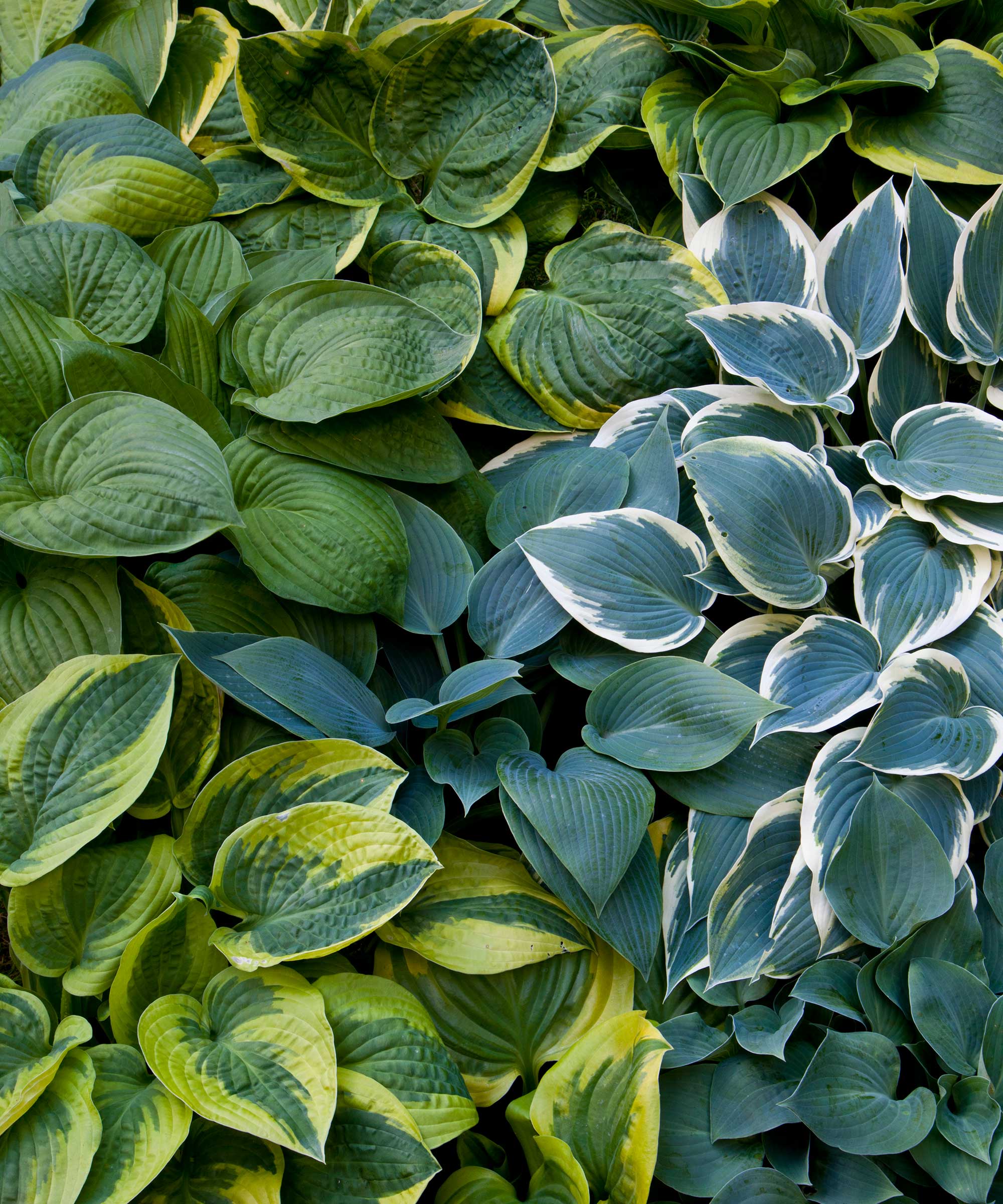
One of the reasons Japanese gardens feel so calming is the vast use of various shades of green. This soothing palette is often created with foliage and ground cover plants, such as hostas. Not only are there numerous varieties available in a wide variety of green hues and variegated leaf patterns, hostas care simple, and these plants will grow in the shadow of trees and taller species.
'Most hostas prefer full shade, but some cultivars will tolerate morning sun,' says Catherine. 'Generally, they like to grow in rich, slightly acidic, well-drained soil. Water these plants (if you can) during droughts.
'As with other herbaceous perennials, cut the plant material down to the ground at the end of the season or in early spring. I prefer cutting back larger varieties in the fall, as they become mushy in spring.'
The Stained Glass Hosta from Fast-Growing Trees is named after its beautiful foliage, which has tones of gold and deep green for a vibrant display in zones 3-9.
6. Karen's azalea (Rhododendron 'Karen')
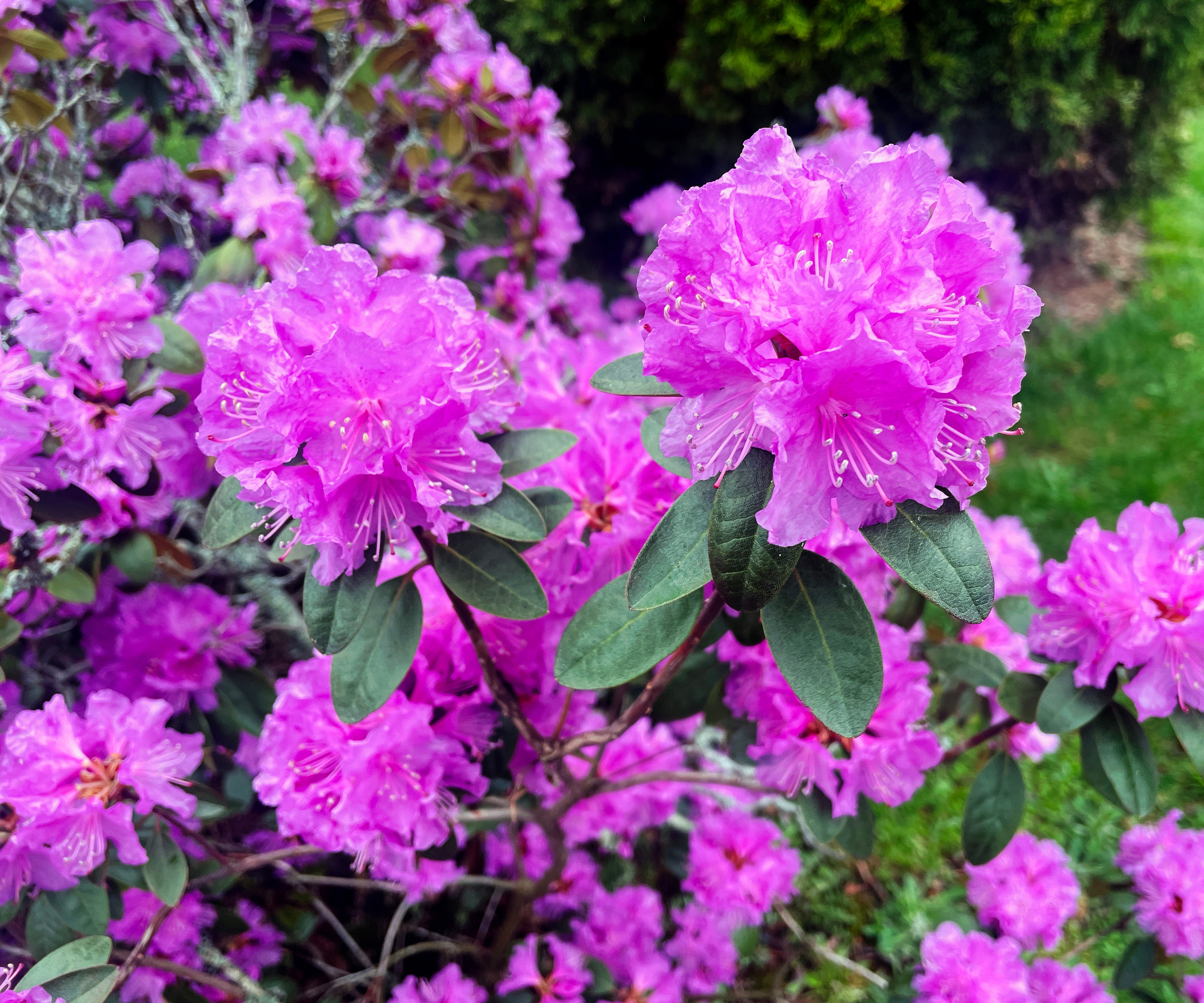
Although soothing green hues feature heavily in Japanese gardens, there are judicious pops of color in the spring and summer months. One of the colorful plants that Catherine enjoys growing in the Anderson Japanese Gardens are 'Karen's azaleas', also known as Rhododendron 'Karen', which fair best in zones 4-9.
'Most rhododendrons are evergreen and keep their leaves in the winter,' says Catherine. 'These plants grow well in rich, acidic (4.5-6 pH), moist soil. They will not tolerate droughts and should be watered regularly. They thrive in filtered sunlight or morning sun/afternoon shade. Pruning is not required.'
If you want to grow azaleas in your garden, it is a good idea to test the pH of the soil first, with a gadget like this soil pH meter from True Leaf Market.
7. Japanese Fairy Bells (Disporum sessile)
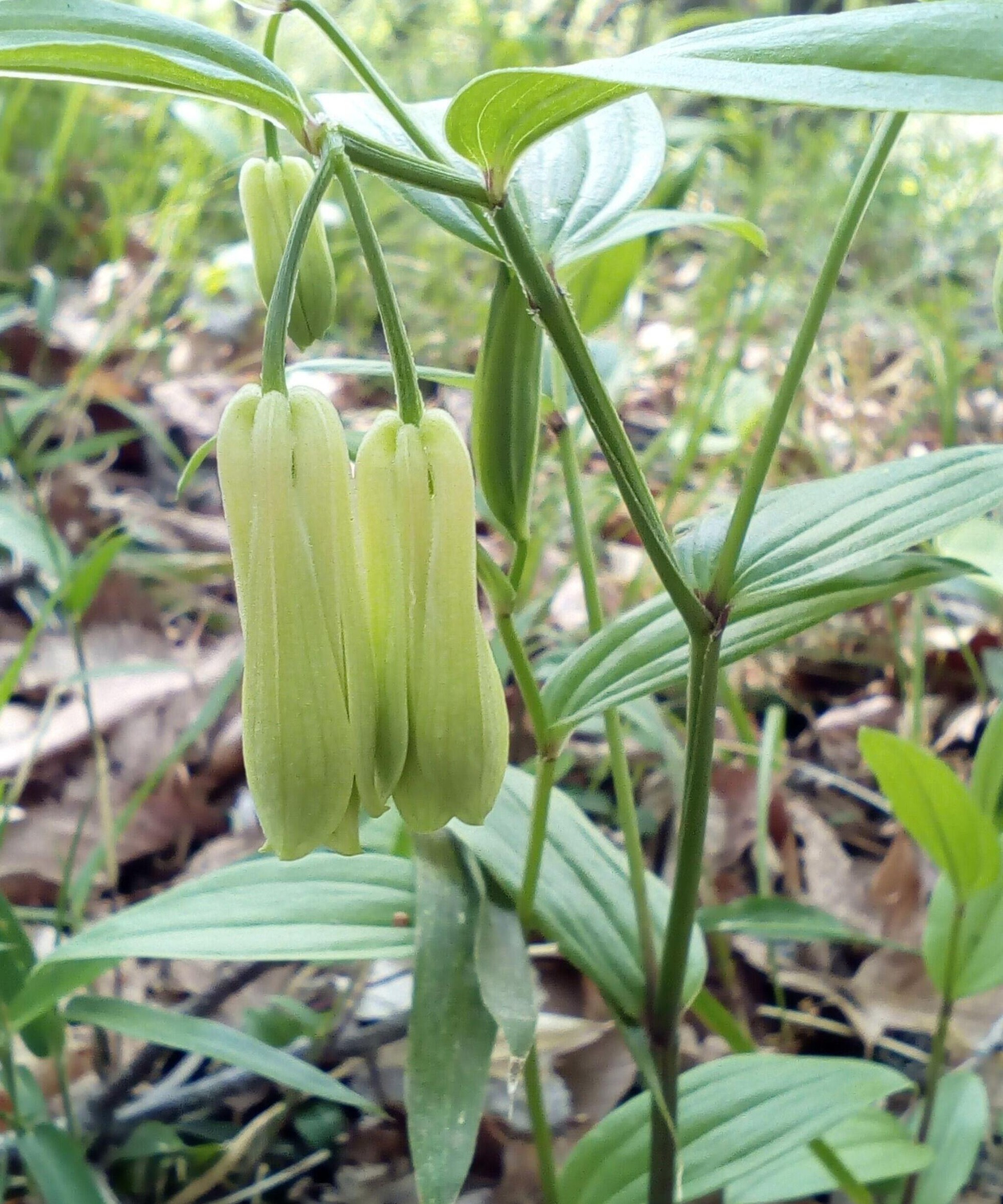
This charming plant has beautiful elongated leaves and pretty white, bell-shaped flowers that dangle from its stem, when it blooms in the spring. The flowers eventually give way to black berries, which appear in late summer and fall. Native to Japan, Korea and China, Disporum sessile can be grown in gardens in zones 4-8.
'This herbaceous perennial adds visual interest and texture in shady parts of the garden and complements other low growing plants such as ferns and Hostas,' says Hugo Torii. 'It's deciduous, likes part to full shade and will grow to 1-2 feet. It's an easy plant to grow and requires very little maintenance.'
Choosing plants that will thrive in your hardiness zone is crucial, when considering any type of garden style. After that, consider varying tones of green and some of the shrubs and plants outlined above to provide pops of color across the seasons for your Japanese garden.
Keep in mind two key aesthetic parameters when selecting plants for a successful Japanese garden: choose a limited plant palette - one species per plant type (tree, shrub, perennial, groundcover) - and providing all-season interest.
Sign up to the Homes & Gardens newsletter
Design expertise in your inbox – from inspiring decorating ideas and beautiful celebrity homes to practical gardening advice and shopping round-ups.
Jacky Parker is a freelance lifestyle journalist and writer, producing a wide range of features for magazines and websites. She has written for Homes & Gardens and its sister titles, Livingetc and Country Homes & Interiors for more than 15 years, both as a freelance contributor and staff member, regularly reporting on the latest interiors, gardens and lifestyle inspiration, speaking to experts in their respective fields and discovering the newest tips.
You must confirm your public display name before commenting
Please logout and then login again, you will then be prompted to enter your display name.
-
 Ina Garten's storage pantry is an insightful window into all of the best cookware used by the chef – and it's easy to recreate on your kitchen shelves from $48
Ina Garten's storage pantry is an insightful window into all of the best cookware used by the chef – and it's easy to recreate on your kitchen shelves from $48The beautiful dishware in The Barefoot Contessa's Hamptons pantry showcases the tools she uses most often to cook – this is exactly how you replicate it
By Sophie Edwards Published
-
 Extend the lifespan of your appliance with 5 simple but crucial washing machine maintenance tips
Extend the lifespan of your appliance with 5 simple but crucial washing machine maintenance tipsFrom cleaning the filters to keeping the door open, experts reveal the washer tips they swear by
By Andy van Terheyden Published